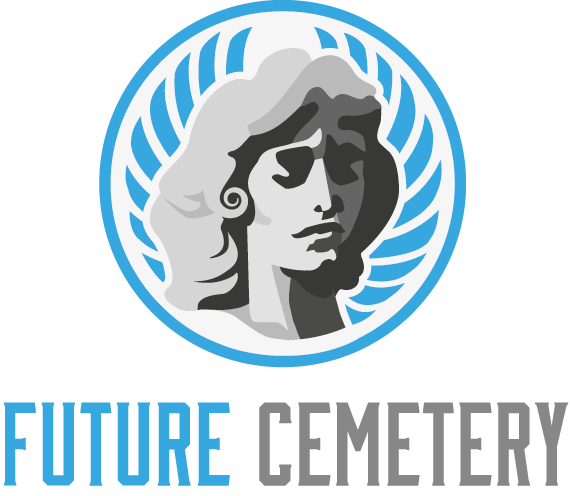Cemeteries are a sensitive space that requires special care. Creating a cemetery master plan can help you avoid common problems such as sunken markers and unkempt grass.
Bringing together design sensibilities, site analysis, and community needs, modern cemetery designers have built a reputation for thoughtful, intuitive, and dignified work.
Signage
In cemeteries, signage is important for both orienting visitors within the cemetery and for identifying specific grave sites for friends and family members. Having signage that is legible and understandable to all visitors requires consideration of the design vernacular for the cemetery as well as standardized symbols that are universally recognized.
A cemetery entrance should be a gateway that welcomes people into a special space and sets the tone for what is to come. It should be designed to align with the landscape and architectural design vernacular of the place and to magnify its unique traditions, such as a boulevard that traces a route through a cemetery or a display of donated American burial flags.
Signage at grave sites and columbarium walls should be readable despite the sun’s constant movement over the course of a day, requiring careful evaluation of materials to ensure that the design can endure. In addition, signs should be positioned appropriately to prevent flooding or other environmental problems that can occur on a cemetery property.
Grading and Drainage
A cemetery has to do more than provide a place to lay down a body. It has to be a vibrant celebration of life, family, history, individuality, and community — integrated within a shared space. And that requires a special kind of know-how.
Unfortunately, many cemeteries obliterate their unique settings with development that makes them look like the graveyards along every highway in America. But it doesn’t have to be this way. With thoughtful design, it is possible to preserve the natural setting and still create a beautiful and meaningful place that honors the dead.
Theming
Cemeteries provide an important place for the public to grieve and remember. The design and construction of memorials help visitors and mourners understand the impact of death. They are also an important step in the healing process.
If a cemetery has unique natural features such as a waterfall, wooded hillside or high point, these should be prominently highlighted in the site plan. The location of these distinctive elements can make a positive impact on the final cemetery design and help establish a unique identity for the cemetery.
Depending on the site, it may be possible to incorporate a cremation garden and/or mausoleum into the cemetery master plan. This may allow the cemetery to generate needed revenue for future investment in cemetery product lines. In addition, it can help to reduce the number of grave sites required by allowing families to inter their loved ones cremation remains in a garden or columbaria.
Accessibility
Providing accessibility to all visitors is a vital aspect of cemetery design. This can be accomplished through the use of well designed paths, ensuring that sidewalks are present throughout the property and providing wheelchair access to all graves.
Using existing natural features to their fullest potential is another important aspect of cemetery design. Whether this means utilizing a waterway or taking advantage of an elevation change, these thoughtful considerations can add value to the cemetery and increase its marketability.
Lastly, it is important to consider the impact of any new technologies on the cemetery. In our studies, it was found that many visitors did not prefer the idea of a memorial display that would be able to respond to questions from mourners. Additionally, the idea of having an AI represent a deceased person was perceived as unsettling for mourners. These issues need to be carefully considered and evaluated during the design process. A well developed master plan can help a client balance development costs with revenue and capacity production, as well as improve pedestrian and vehicular flow and navigation through the cemetery.






